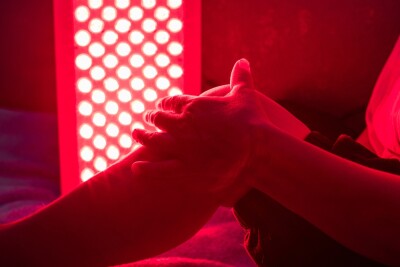Eye tests may help screen for autism

According to a new study, measuring how pupils respond to light, or the pupillary light reflex, may help screen for autism spectrum disorder (ASD), potentially leading to earlier diagnosis of the condition and improved health outcomes.
The study was published in the journal, Neurological Sciences, and was led by Georgina Lynch, PhD, speech language pathologist and assistant professor at the Washington State University (WSU) Elson S. Floyd College of Medicine. Inspired by her own experiences with autistic patients, Lynch has done multiple studies observing the differences in eye behavior between people with ASD and those without the condition. For this investigation, Lynch sought to discover a cost effective and simple way to screen for ASD by measuring children’s pupillary light reflex.
“Even as a clinician, I noticed this state in kids with ASD where their pupils were very dilated even in the presence of bright light,” Lynch said in a statement. “That system is modulated in the brain by cranial nerves rooted in the brainstem, and adjacent cranial nerves affect your ability to acquire speech and language. The pupillary light reflex tests the integrity of that system, so it seemed logical to try this very simple, noninvasive measure to determine whether there were differences between typical development and autism.”
The study involved 36 children aged six to 17 who had been diagnosed with ASD along with a group of 24 typically developing children. Using a handheld monocular pupillometer device, trained clinical providers tested the children’s’ pupillary light reflexes. The results showed that kids with ASD had significant differences in their pupillary light reflexes than kids without the disorder. The pupils of kids with ASD had a slower response time to light. In addition, their pupils took longer to return to their normal size.
According to Lynch, these are promising results that suggest these eye tests, that are relatively inexpensive and portable, can be incorporated into clinical settings, making screening for ASD more widespread, allowing for earlier detection.
“We know that when we intervene as early as ages 18 to 24 months it has a long-term impact on their outcomes,” said Lynch. “Intervening during that critical window could be the difference between a child acquiring verbal speech and staying nonverbal. Yet, after 20 years of trying we still have not changed the average age of diagnosis here in the U.S., which is four years old.”




















SHARE